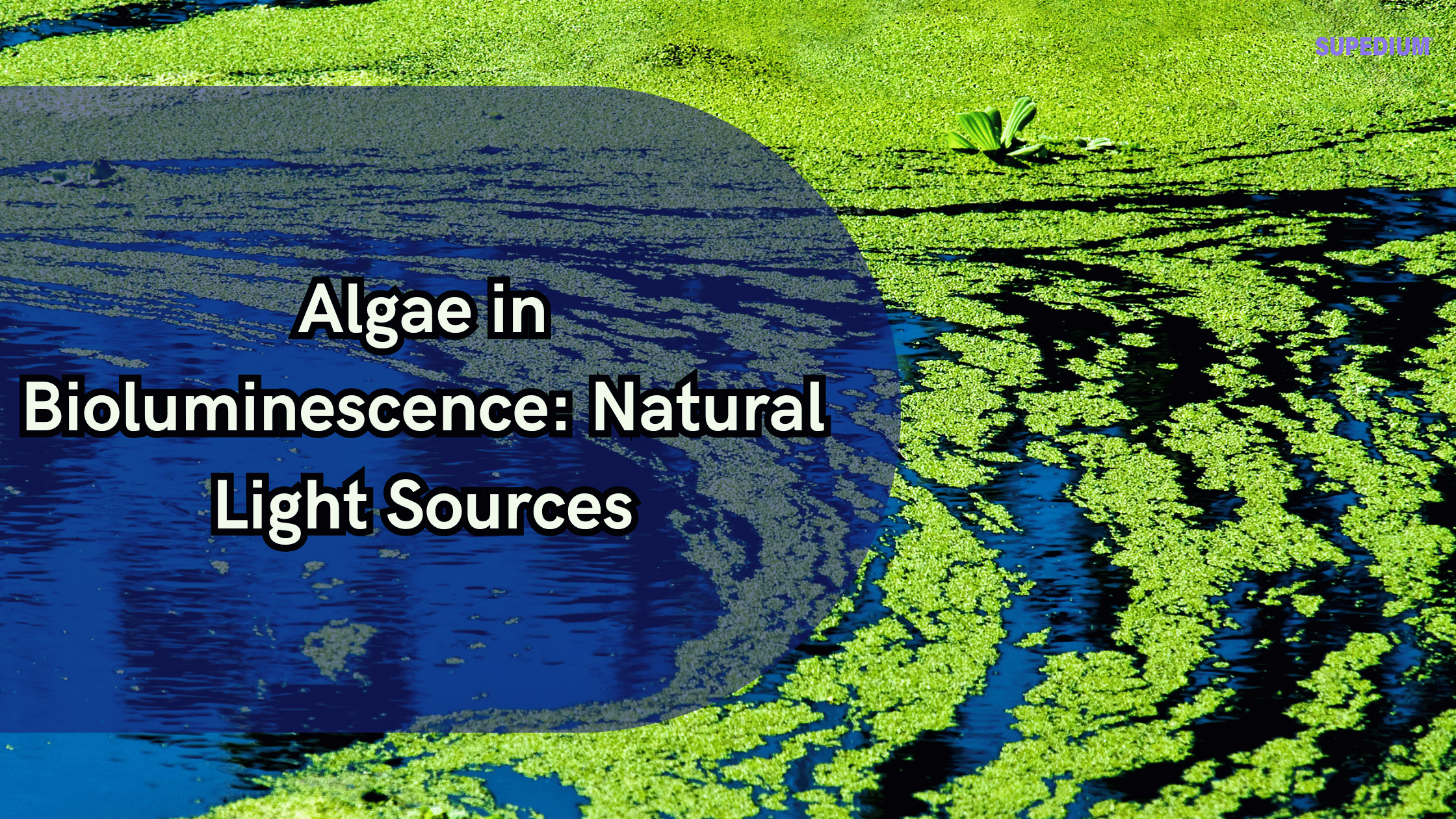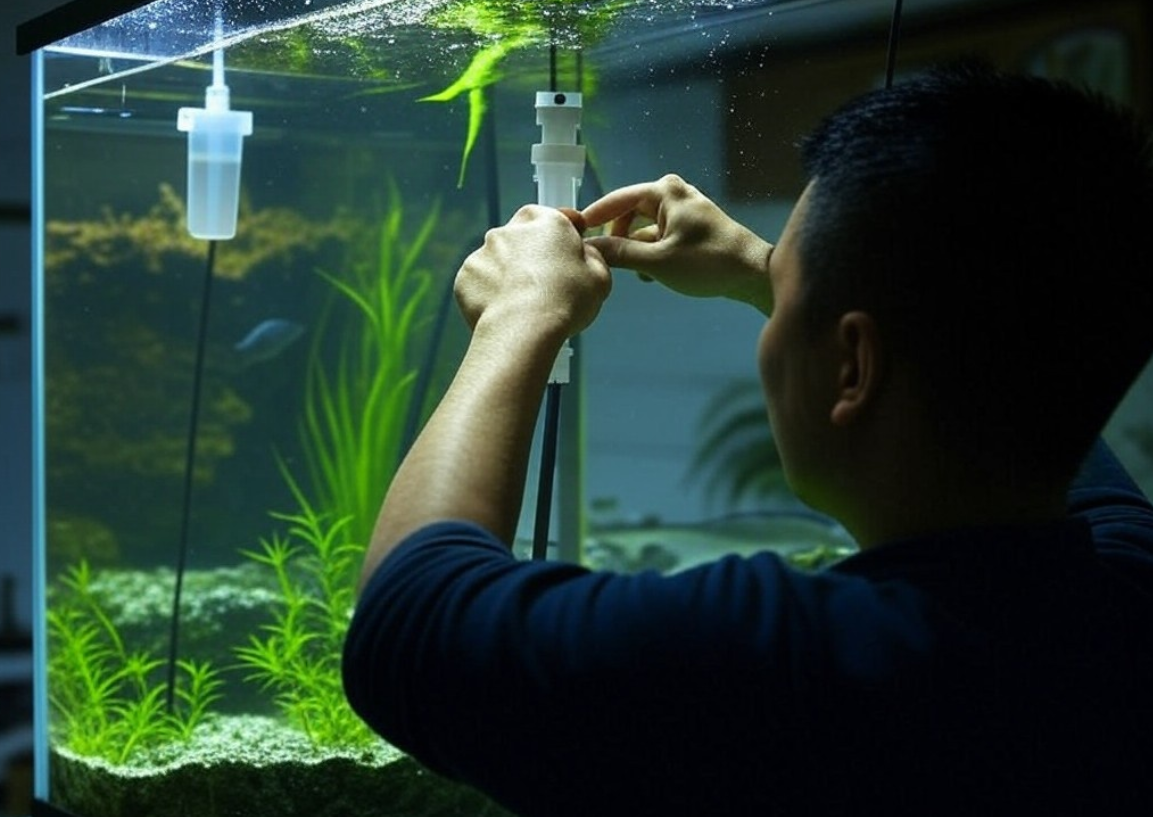Table of Contents
![]()
Introduction
Bioluminescence, the natural phenomenon of organisms emitting light, captivates both scientists and the general public. Found in various life forms, from fireflies to deep-sea creatures, bioluminescence plays crucial roles in communication, predation, and defense. Among the most fascinating bioluminescent organisms are algae, particularly certain types of phytoplankton that light up oceans and coastal waters. This article delves into the world of bioluminescent algae, exploring their types, ecological roles, and significance to humans.
Understanding Bioluminescence
Definition and Mechanism
Bioluminescence occurs through a biochemical reaction involving a light-emitting molecule called luciferin and an enzyme known as luciferase. When these two compounds interact, they produce light as a byproduct, often described as a cold light because it generates little to no heat. This phenomenon is a form of chemiluminescence and can vary in color, commonly manifesting as blue or green light in aquatic environments.
Types of Bioluminescence
Bioluminescence can be classified into two main types: intrinsic and extrinsic. Intrinsic bioluminescence occurs within the organism itself, while extrinsic bioluminescence involves the organism interacting with external substances that emit light. Many bioluminescent algae fall under the intrinsic category, showcasing their unique adaptations for survival in their environments.
Types of Bioluminescent Algae
Dinoflagellates
Dinoflagellates are among the most well-known bioluminescent algae. These single-celled organisms are primarily marine and thrive in both coastal and open ocean waters. Notable examples include Pyrocystis fusiformis and Lingulodinium polyedra. The bioluminescence of dinoflagellates is triggered by mechanical stimulation, such as waves or disturbances, creating spectacular glowing displays in the water.
Other Algae
While dinoflagellates are the most recognized bioluminescent algae, other groups also exhibit this phenomenon:
- Diatoms: Though less common, some diatoms can produce light, typically associated with specific environmental conditions.
- Chlorophytes: Certain green algae have been found to possess bioluminescent capabilities.
- Cyanobacteria: Though technically bacteria, some cyanobacteria exhibit bioluminescence and play a significant role in marine ecosystems.
Each of these groups has unique mechanisms for light production, often linked to their specific ecological niches.
Ecological Roles of Bioluminescent Algae
Predation and Defense Mechanisms
Bioluminescence serves essential ecological functions. One of the primary roles is in predation and defense. The light produced by bioluminescent algae can attract larger predators, which may then consume smaller prey, effectively altering the local food web. Conversely, the sudden burst of light can deter potential threats, startling predators and providing a chance for the algae to escape.
Signaling and Communication
Bioluminescent algae also engage in signaling and communication. Algal blooms, which result in dense concentrations of phytoplankton, can create breathtaking displays of light. These phenomena can signal changes in environmental conditions and affect the behavior of marine animals, which may rely on light cues for navigation or mating.
Impact on Marine Ecosystems
Bioluminescent algae play a pivotal role in marine ecosystems. By participating in nutrient cycling and contributing to food webs, they help sustain various marine life forms. The light they produce can also influence the behavior of larger marine animals, thus impacting predator-prey dynamics.
Bioluminescence in Human Context
Cultural and Historical Significance
The allure of bioluminescence has permeated human culture for centuries. Folklore and mythology often feature glowing sea creatures, inspiring artists and storytellers alike. From ancient myths to contemporary literature, bioluminescence continues to capture the imagination.
Practical Applications
Bioluminescent algae have practical applications beyond aesthetic appeal. Researchers are exploring their potential in biotechnology and genetic engineering, where bioluminescent markers can aid in studying biological processes. Moreover, bioluminescent organisms can serve as environmental indicators, helping monitor ecosystem health. There’s ongoing research into using bioluminescence for sustainable lighting solutions, which could reduce energy consumption.
Challenges and Conservation
Environmental Threats to Bioluminescent Algae
Despite their ecological importance, bioluminescent algae face significant threats. Pollution, habitat destruction, and climate change pose risks to their populations. Increased nutrient runoff can lead to harmful algal blooms, disrupting ecosystems and reducing biodiversity.
Conservation Efforts
To safeguard these remarkable organisms, conservation efforts are critical. Protecting marine habitats, regulating pollution, and conducting research initiatives focused on bioluminescent algae are essential steps. Raising public awareness about the importance of these organisms can foster support for conservation programs.
Future Research Directions
Future research on bioluminescent algae holds great promise. Scientists aim to deepen our understanding of the biochemical mechanisms behind bioluminescence and explore new bioluminescent species. Innovations in applications of bioluminescence, particularly in biotechnology and sustainable energy, could have profound implications for various fields.
Conclusion
Bioluminescent algae represent a captivating aspect of marine life, contributing to ecological balance and inspiring human creativity. Their unique ability to emit light serves essential functions in marine ecosystems and offers intriguing possibilities for practical applications. Protecting these organisms and their habitats is vital for maintaining the health of our oceans and harnessing the potential of natural light sources in the future.
Share This





Be the first to comment